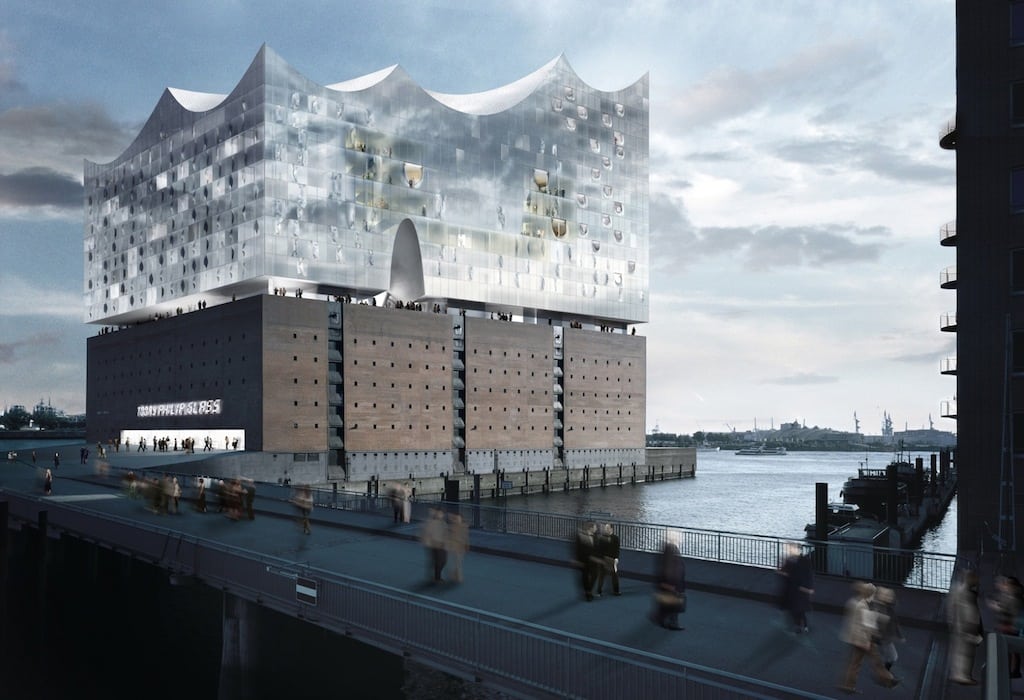Hamburg Is Becoming Europe's Most Ambitious Urban Design Capital

Skift Take
As Europe's largest urban redevelopment project, HafenCity is attracting top architects and planners, but will it attract tourists?
[gallery ids="132320,132321,132319,132325,132460,132324,132446,132332,132335,132328,132323,132327"]
Hamburg’s audacious Elbphilharmonie Concert Hall is scheduled to open in 2017 at the cost of $785 million, seven years behind schedule and about $450 million over budget following severe construction challenges.
If, however, the building manages to eventually accomplish for Hamburg what the Opera House did for Sydney—as is the intention of Swiss architecture firm Herzog & de Meuron, who accomplished something similar with London's Tate Modern—people will say the design had to be monumental in its aspirations and scope.
The Elbphilharmonie anchors Hamburg's HafenCity (Harbor City)—Europe’s largest urban redevelopment project. Located at the entrance of Germany’s main shipping port, HafenCity was designed around today's best urban planning practices, with almost half of a metropolitan inner city to use as a live test bed.
In 1997, Hamburg’s civic leaders proposed to build a new port across the Elbe River and convert the existing port, occupying 40% of the urban core, into a 21st century city of the future. There were only a few streets with warehouses salvageable for adaptive reuse. Meaning, the rest of the almost 400 acres of waterfront real estate was an empty slate for Europe’s top urban planners and architects to conceptualize and build a highly livable, mixed-use urban utopia.
The city granted land plots to developers submitting the most innovative designs, and every building was required to incorporate five-meter-hig
